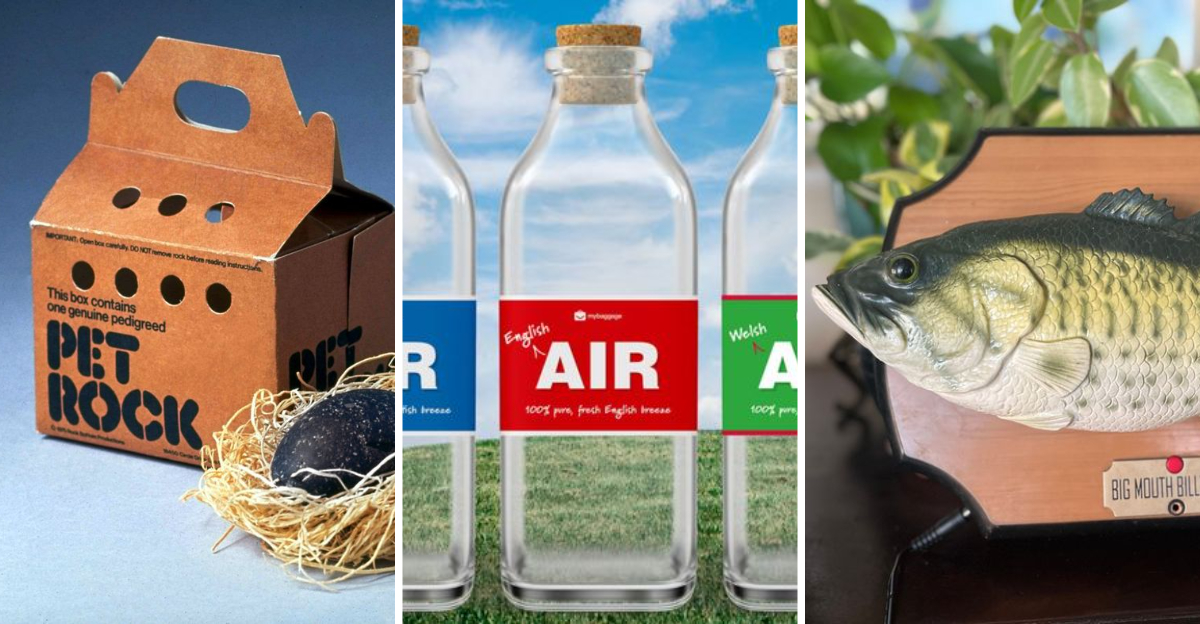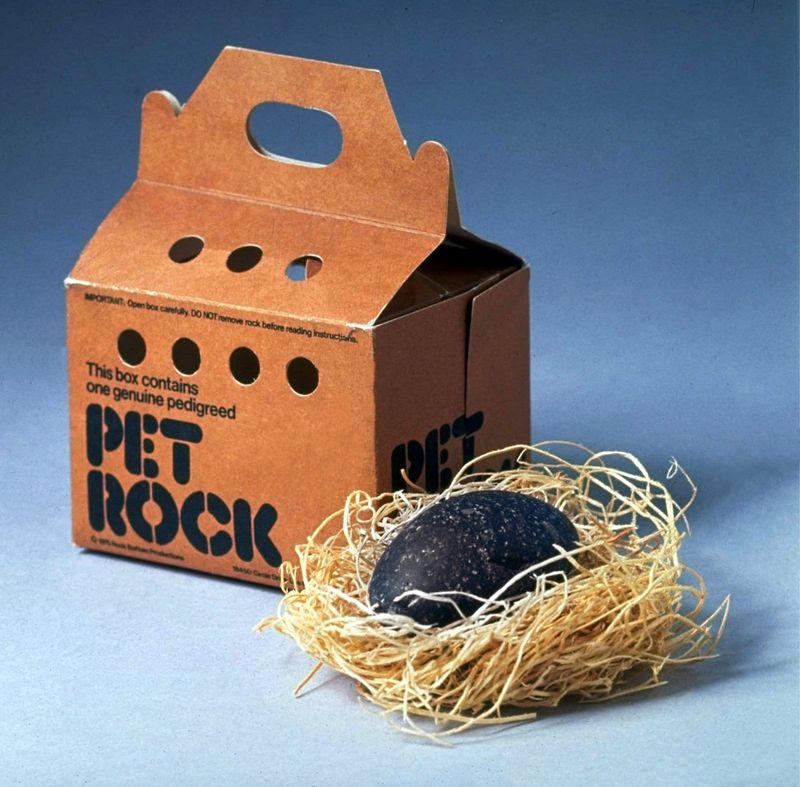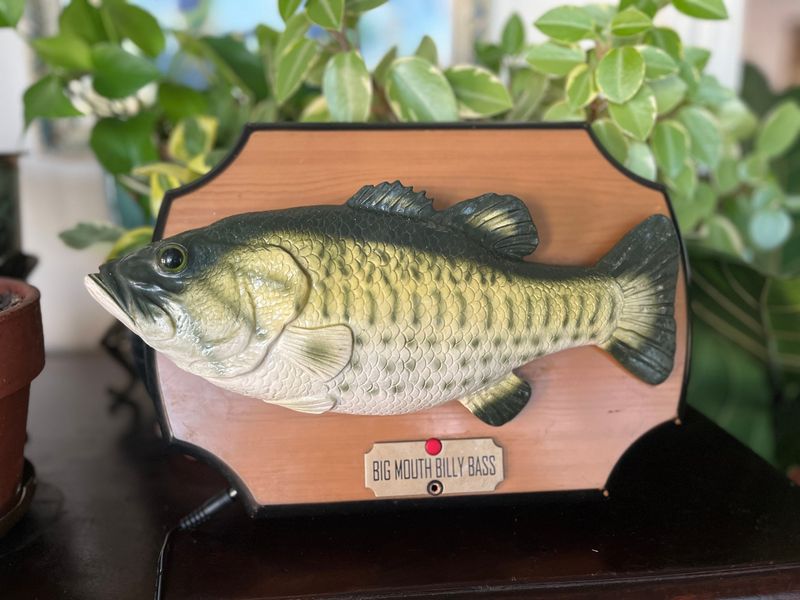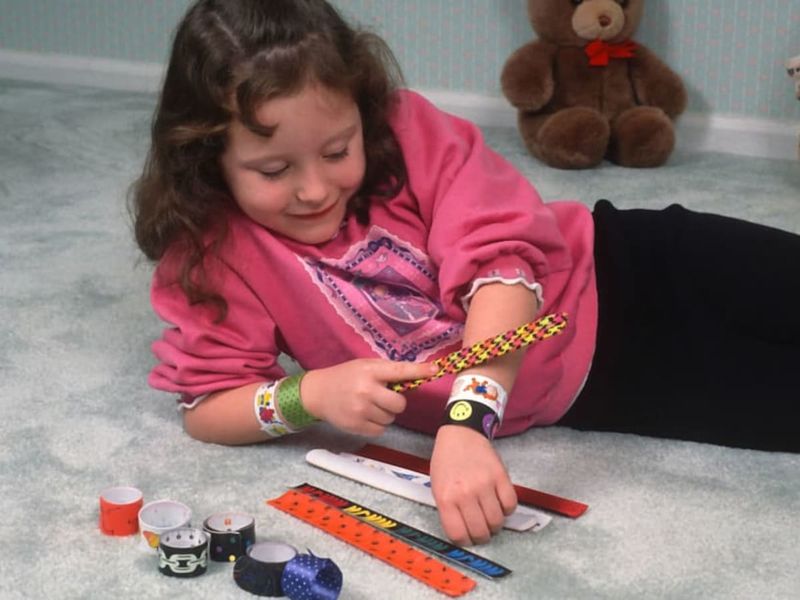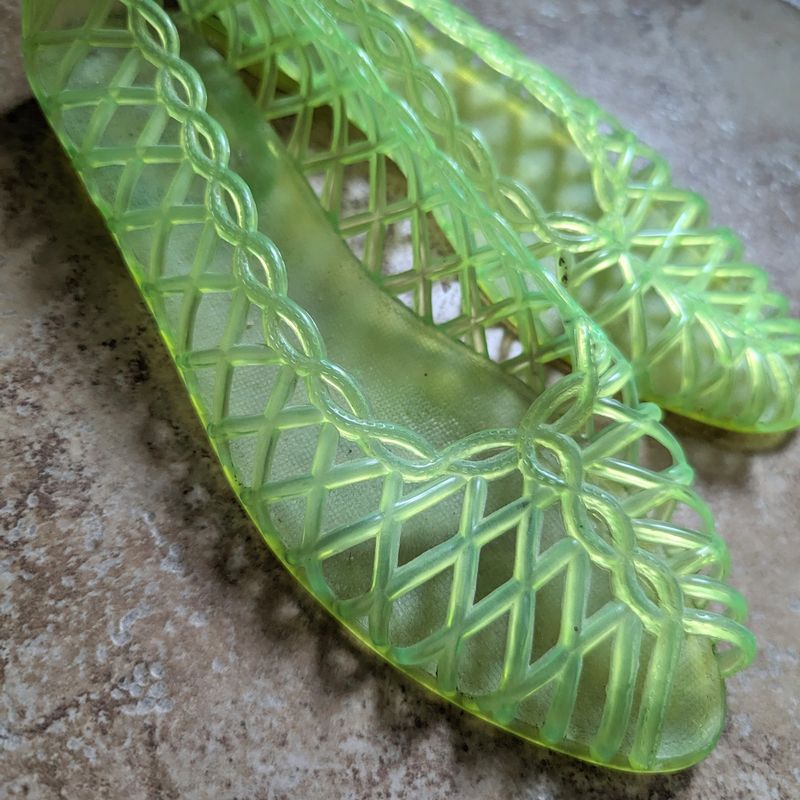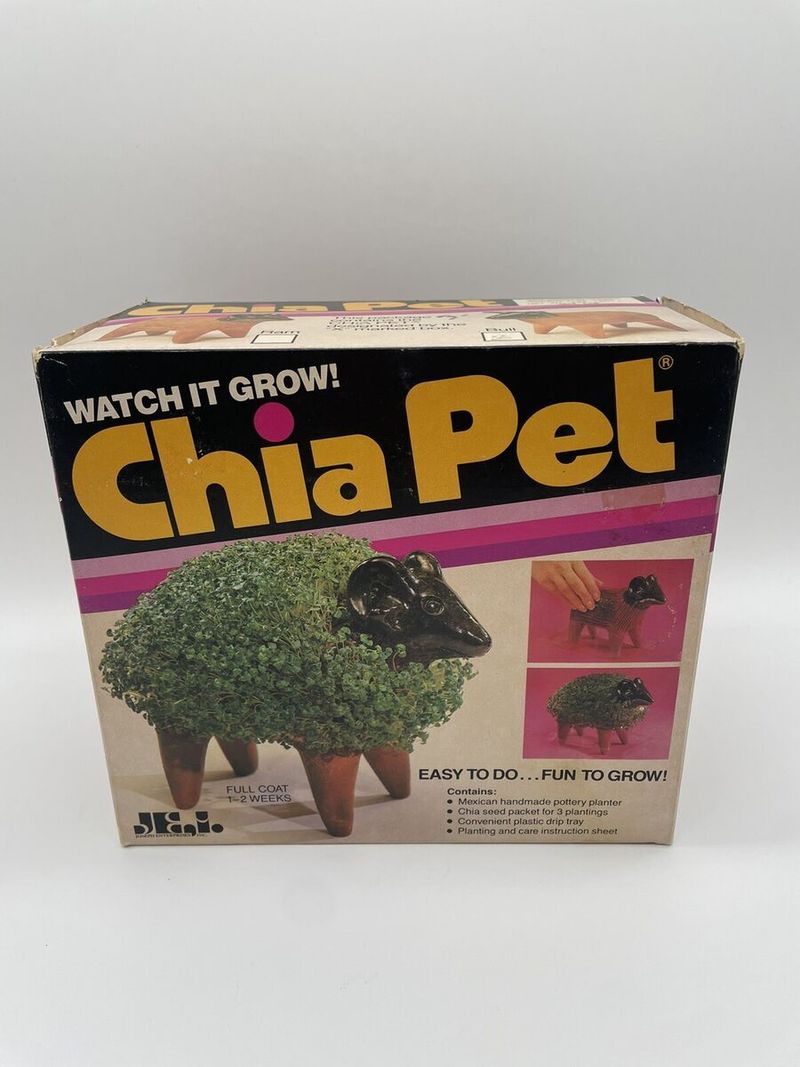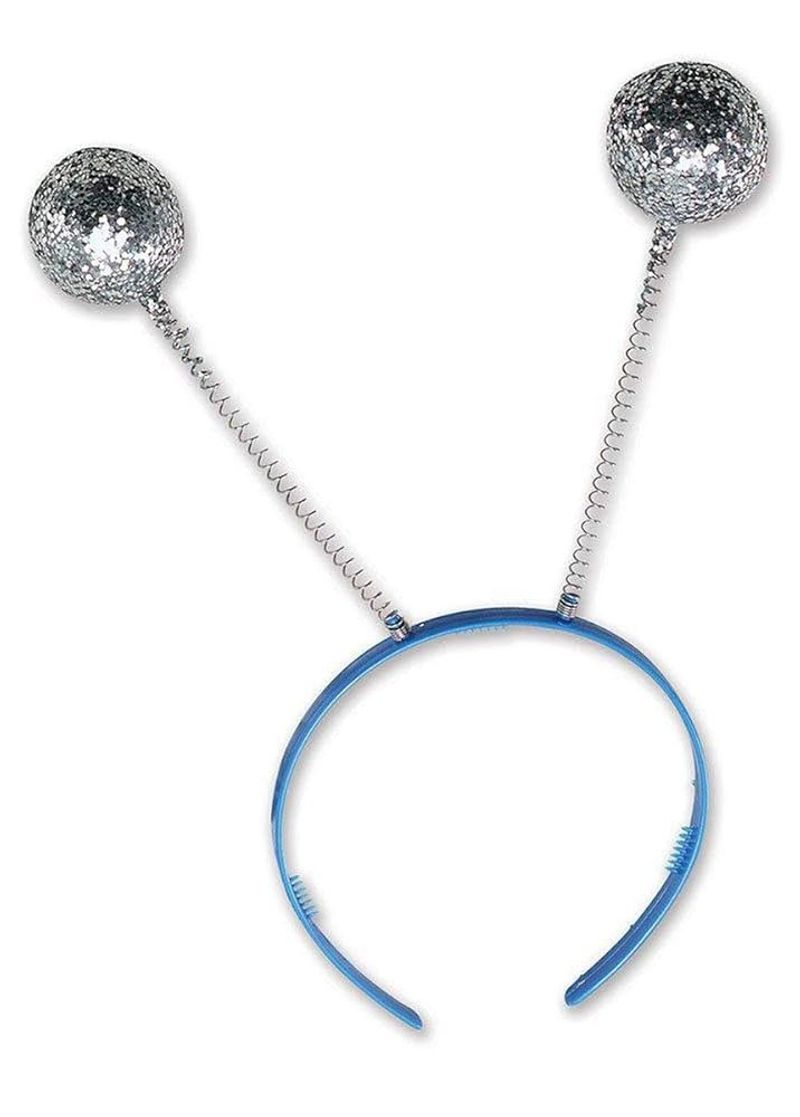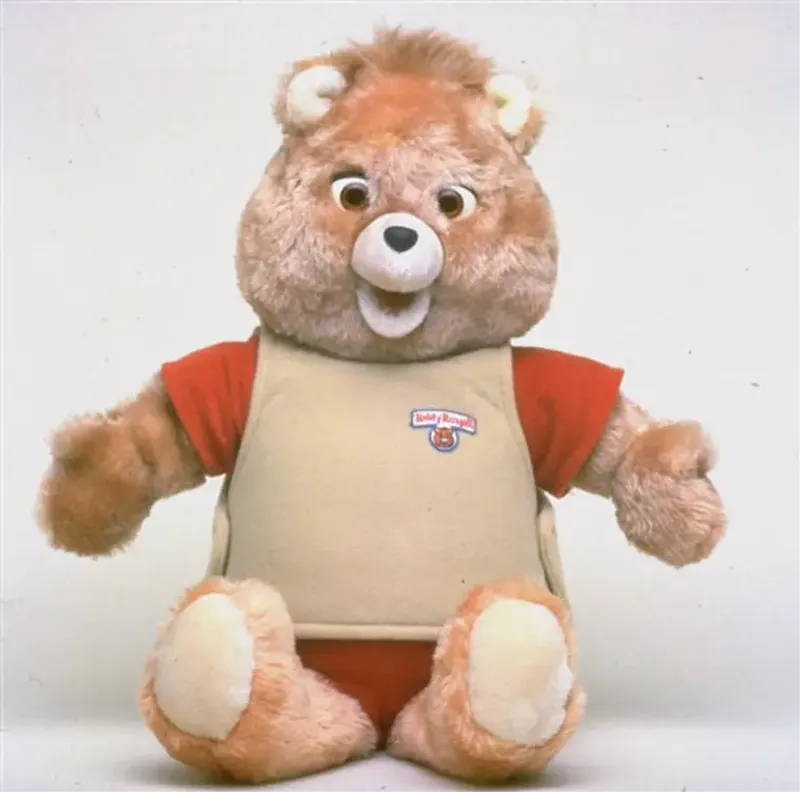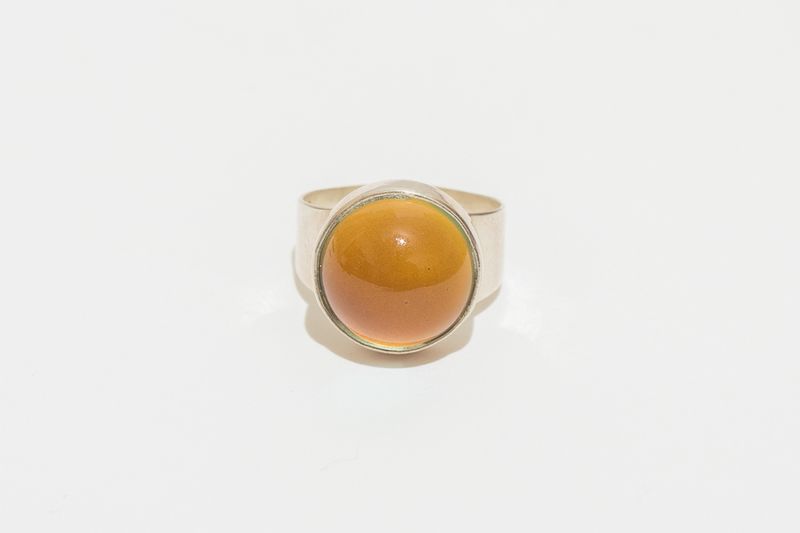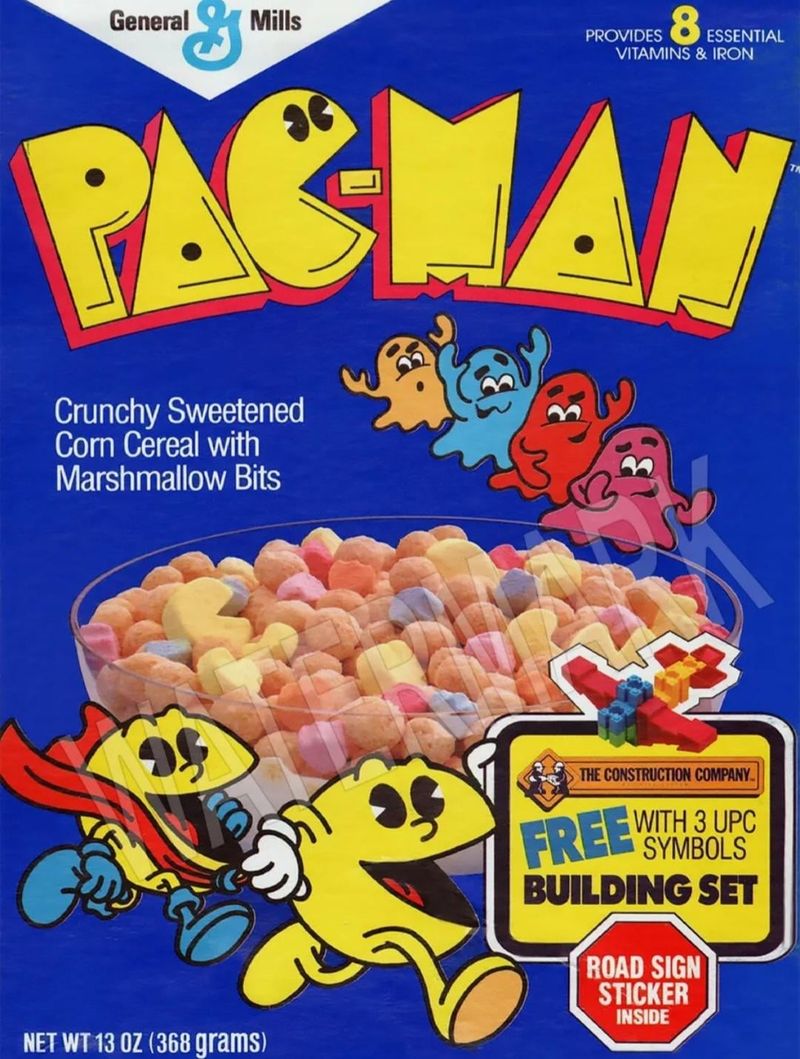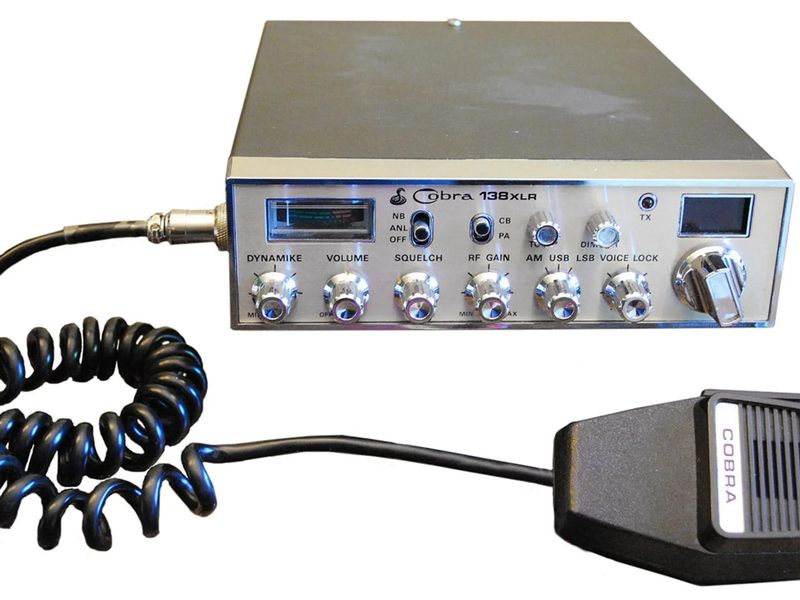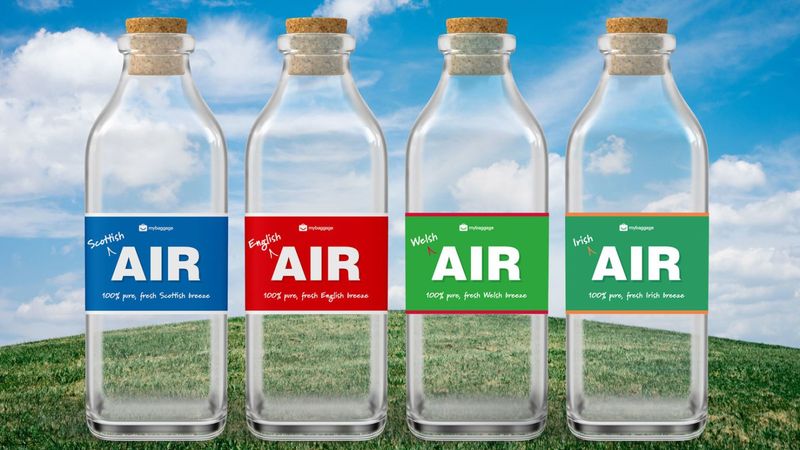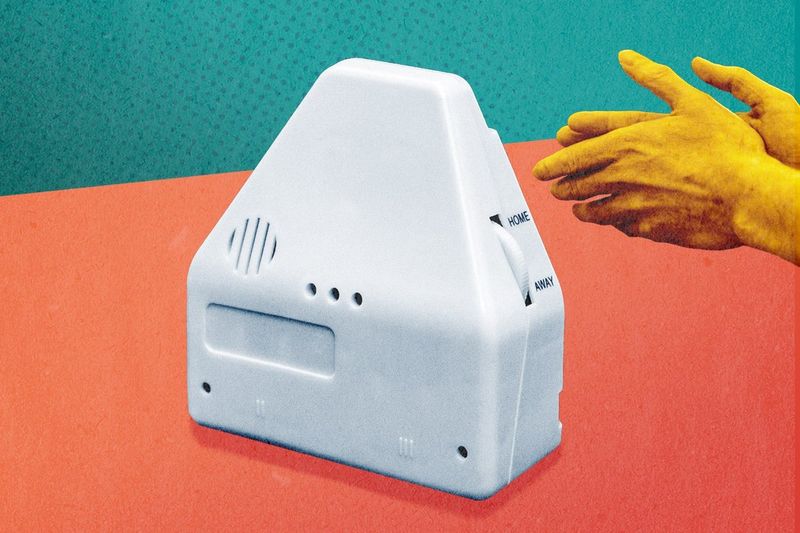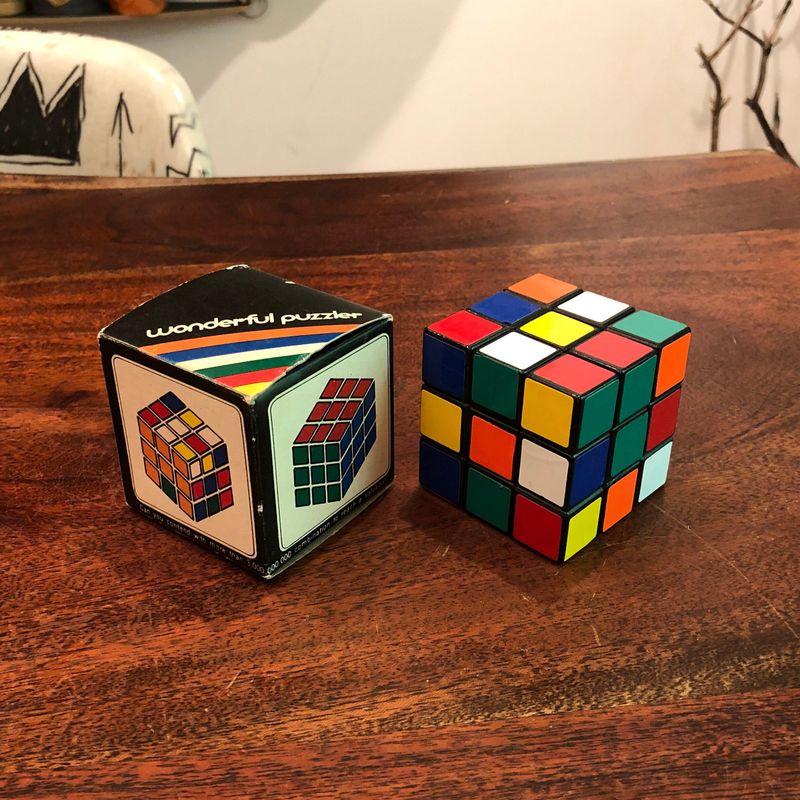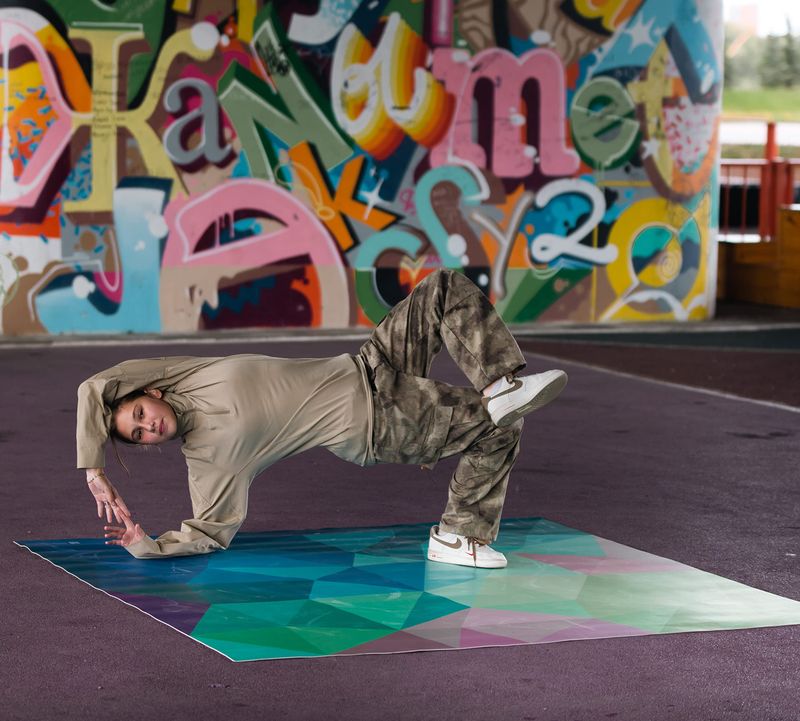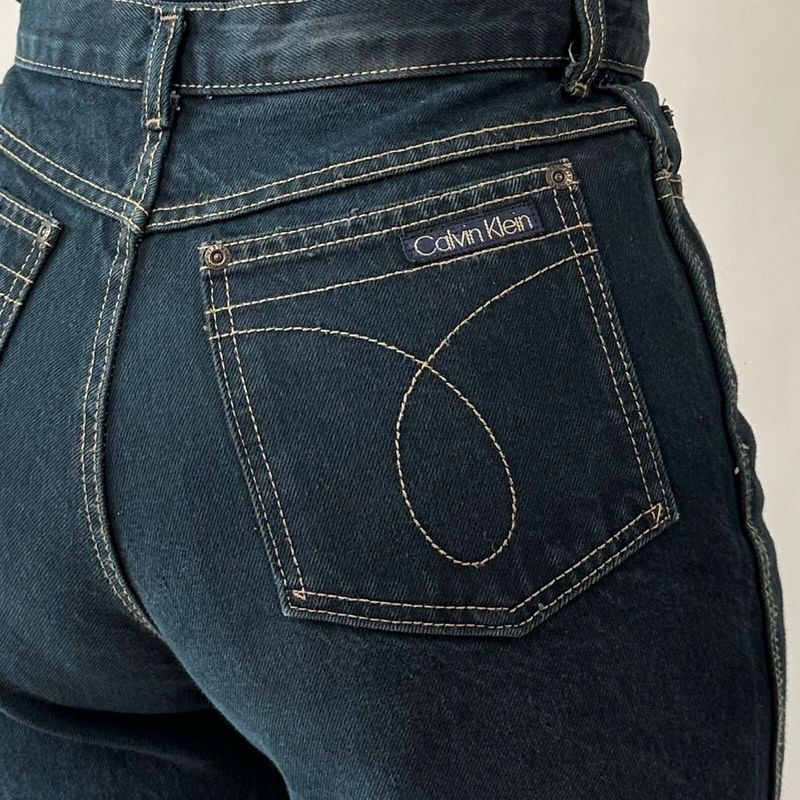The 1980s were a decade of big hair, neon colors, and even bigger entrepreneurial dreams. While some businesses followed traditional paths, others embraced the bizarre, the quirky, and the downright genius. From pet rocks to singing fish, here are 15 oddball business ideas that became unlikely successes in the ’80s—proving that sometimes, the weirdest ideas are the most profitable.
1. Pet Rock (1975, But Peaked in the ’80s)
Imagine a pet that requires no feeding, walking, or vet visits. The Pet Rock, invented by Gary Dahl, was just that—an ordinary rock marketed as a pet. Each came in a cardboard box with air holes and a witty ‘care manual’ filled with tongue-in-cheek instructions. This quirky idea turned into a massive cultural phenomenon during the ’80s, selling over 1.5 million units at $4 each. Dahl’s marketing brilliance made him an overnight millionaire, proving that simplicity paired with humor could lead to success. The Pet Rock remains a symbol of whimsical creativity.
2. Big Mouth Billy Bass (1980s Prototype, Mass-Produced in ’90s)
The Big Mouth Billy Bass, a wall-mounted plastic fish, brought unexpected joy by singing ‘Take Me to the River’ when motion-activated. Created by Joe Pellettieri for Gemmy Industries, it became the ultimate gag gift of its time. Millions were sold, and it even found its way into a McDonald’s commercial. The fish’s quirky charm and novelty value made it a household name, spawning countless imitations. Its success showed that a simple, humorous concept could captivate the public’s imagination, even if it seemed entirely absurd at first glance.
3. Slap Bracelets (1983)
With a flick of the wrist, slap bracelets transformed from a straight strip to a curled accessory. Invented by Stuart Anders, these colorful bracelets became a playground phenomenon. Originally steel measuring tapes, they were repurposed into a fashion statement for kids. By 1990, sales reached up to $8 million annually, although some schools banned them for safety concerns. Slap bracelets were playful, vibrant, and irresistibly fun, capturing the essence of ’80s fashion. This trend highlighted how a simple gimmick could become a beloved accessory with the right flair.
4. Jelly Shoes
Jelly shoes, with their distinctive transparent and rubbery texture, became a fashion craze in the ’80s. Often seen in neon colors, these shoes were both squeaky and strikingly unique. Originally inspired by Crocs’ predecessors, they were a mall staple, dominating kiosks with their quirky appeal. Although considered a fashion disaster by some, they nonetheless became a trend, showing how bold style choices could spur consumer interest. Jelly shoes remain a nostalgic symbol of the era, illustrating the eclectic tastes that defined ’80s footwear fashion.
5. Chia Pets (1982)
Ch-ch-ch-Chia! The catchy jingle that accompanied Chia Pets commercials was unforgettable. These terracotta figurines sprouted chia-seed ‘fur,’ capturing the imagination of a gardening-loving public. Marketed by Joseph Enterprises, Chia Pets offered a humorous and interactive experience. Despite their odd nature, they became a popular gift item, selling over 500,000 units annually. Their enduring legacy lies in their ability to combine simplicity with a touch of whimsy, creating a timeless product that continues to charm people to this day, proving that fun can be profitable.
6. Deely Boppers (1982)
Deely Boppers brought a playful bounce to fashion. These headbands, adorned with giant, bouncy antennae balls, were often worn unironically at roller rinks. Their unknown inventor capitalized on the ’80s penchant for quirky and kitschy accessories. Although not practical, they added a fun, light-hearted touch to any outfit. Deely Boppers were revived in pop culture, appearing in shows like ‘Stranger Things.’ They symbolize the whimsical spirit of the ’80s, proving that even the most unconventional fashion items could become beloved cultural icons.
7. Teddy Ruxpin (1985)
Teddy Ruxpin, the animatronic teddy bear, captivated children by ‘reading’ stories through cassette tapes. Created by Worlds of Wonder, this bear was both creepy and captivating, making it an instant hit. It was one of the first interactive toys, offering an engaging storytelling experience. Teddy Ruxpin’s ability to blend technology with traditional play earned it over $100 million in sales. This toy highlighted how innovation could enhance children’s entertainment, leaving an indelible mark on the toy industry and nostalgic memories for those who owned one.
8. Mood Rings
In the ’70s, mood rings were a novelty, but they truly exploded in popularity during the ’80s. Invented by Josh Reynolds, these rings promised to reveal your emotions by changing color. In reality, they simply reacted to body heat. Nevertheless, they became an ’80s pseudoscience chic, capturing the imagination of those eager to explore their ‘inner feelings.’ Their popularity highlighted a cultural fascination with self-discovery and novelty. Mood rings remain a beloved relic of the past, symbolizing a time when fashion and curiosity intertwined in whimsical ways.
9. Pac-Man Cereal (1983)
In the ’80s, arcade games were all the rage, and Pac-Man ruled them all. General Mills capitalized on the craze by introducing Pac-Man Cereal, which featured marshmallow ‘ghosts’ alongside sugar-packed corn pieces. Although it was essentially a sugary breakfast option, the cereal became a popular choice for kids and collectors alike. Today, it serves as a nostalgic reminder of the gaming culture that defined the era. Pac-Man Cereal showcased how iconic video games could transcend into other market segments, such as breakfast foods, creating cherished memories.
10. CB Radio Rentals
Before the internet connected people globally, CB radios offered a way for truckers and hobbyists to chat while on highways. These devices turned highways into social networks, allowing users to share information and companionship. CB radio rentals became a niche business, providing access without ownership. Though eventually overshadowed by cell phones, they inspired modern walkie-talkie apps. CB radios are remembered fondly, not just as a communication tool, but as a cultural touchstone that fostered community and connectedness in an otherwise solitary journey.
11. Designer Air (1987)
In a world obsessed with wellness, Designer Air sold bottled ‘fresh mountain air’ to urbanites seeking tranquility. Marketed by Breathable Air, Inc., this product epitomized ’80s wellness quackery. Although it seemed absurd, the concept captured the imagination of those searching for an escape from city life. Designer Air was a precursor to today’s oxygen bars, highlighting how wellness trends can border on the bizarre. Despite skepticism, it exemplified the lengths people would go for perceived health benefits, becoming an iconic example of creative product marketing.
12. The Clapper (1984)
Clap on! Clap off! The Clapper, invented by Joseph Pedott, was a revolutionary gadget that allowed users to control lights and appliances with the sound of clapping. This simple yet ingenious device captured the public’s imagination, selling millions and becoming a dorm-room staple. The Clapper’s success lay in its novel approach to convenience, offering a glimpse into future smart home technology. It became a household name, thanks to its catchy jingle and memorable commercials. The Clapper’s enduring legacy is its ability to combine practicality with a touch of whimsy.
13. Rubik’s Cube Knockoffs
Following the Rubik’s Cube’s success in 1980, knockoffs like the “Rubik’s Snake” and “Rubik’s Magic” flooded the market. These imitators capitalized on the puzzle craze, offering new challenges and variations. While the original Cube sold 350 million units, knockoffs spurred interest in puzzles and brain-teasers. They represented the ’80s spirit of innovation and adaptation, providing an affordable alternative for enthusiasts. The plethora of Rubik’s Cube knockoffs illustrated the era’s fascination with problem-solving and mental agility, creating a legacy of intellectual curiosity.
14. Breakdancing Mats
As hip-hop culture rose to prominence, breakdancing became its dynamic dance form. Breakdancing mats, essentially cardboard sheets, were marketed to aspiring B-boys as practice surfaces. These mats reflected the DIY spirit of the ’80s, allowing dancers to hone their skills anywhere. Although a niche product, they became tied to hip-hop’s rise and urban expression. Breakdancing mats celebrated the creativity and resilience of street performers, marking a significant chapter in dance history. They remain a symbol of how art and commerce intersected to fuel cultural movements.
15. Fake Designer Jeans (1980s Counterfeits)
In the ’80s, fashion was big business, and counterfeit designer jeans like ‘Calvin Kleen’ became prevalent. Sold at flea markets, these knockoffs featured hilariously bad logos and misspellings but offered an affordable way to flaunt designer style. Despite their dubious quality, they became popular among consumers eager to embrace fashion trends without the hefty price tag. Fake designer jeans paved the way for today’s counterfeit fashion economy, reflecting the era’s obsession with brand names and status. They remain a quirky reminder of the ingenuity and tenacity of budget fashionistas.
